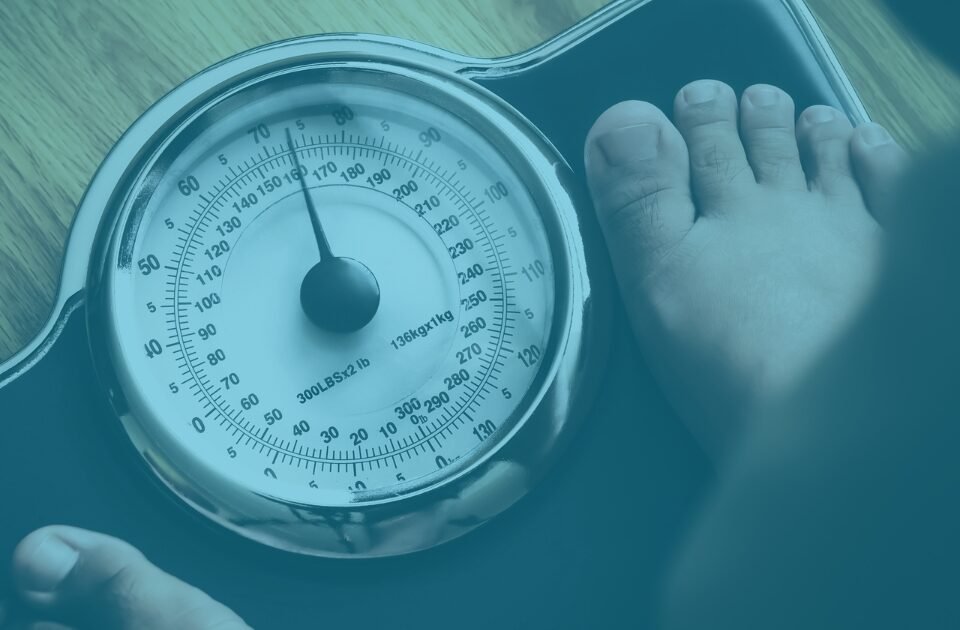
What Should I Know Before Joining a Clinical Trial?
July 31, 2025
IV Therapy vs. Oral Supplements: Which Is better for you?
August 11, 2025Why Breathing Techniques Matter for Teenagers with Asthma
Asthma is a chronic lung condition that can affect teens’ everyday life—sports, school, social activities, even sleep. While inhalers and medications are essential, breathing exercises can act as a valuable complement. Techniques like diaphragmatic breathing, nasal breathing, and pursed-lip breathing help improve lung efficiency, reduce the effort of breathing, and manage symptoms during flare-ups (adjuvant to medication) :contentReference[oaicite:1]{index=1}.
Evidence-Based Breathing Techniques for Asthmatic Teens
- Diaphragmatic (or belly) breathing: Inhale slowly through the nose, feel the belly rise (not the chest), then exhale gently through pursed lips. This helps use the diaphragm effectively and promotes calmer breathing :contentReference[oaicite:2]{index=2}.
- Pursed-lip breathing: Breathe in via the nose, purse your lips, and exhale slowly—ideally twice as long as the inhale. This technique helps keep airways open longer and makes breathing more efficient :contentReference[oaicite:3]{index=3}.
- Nasal breathing: Breathing through the nose warms, humidifies, and filters the air—and produces nitric oxide, which helps relax and open the airways. It’s a simple yet effective way to support lung function and may help reduce symptoms :contentReference[oaicite:4]{index=4}.
- Papworth method: Combines diaphragmatic breathing with relaxation exercises. A clinical trial showed that adding this technique to usual treatment reduced asthma symptoms by about one-third—benefits were maintained even one year later :contentReference[oaicite:5]{index=5}.
- Buteyko breathing: Focuses on slower, nasal, and shallow breathing to control over-breathing. Some studies suggest it may improve asthma symptoms and quality of life, but evidence remains limited and inconsistent :contentReference[oaicite:6]{index=6}.
What Does the Research Say?
A Cochrane review noted that while breathing exercises—including diaphragmatic, lateral costal, pursed-lip, and inspiratory pattern techniques—are often part of broader rehabilitation programs, the evidence for stand-alone benefits in kids is low and inconclusive :contentReference[oaicite:7]{index=7}.
However, other studies report improvements in quality of life, symptom control, and anxiety in people with mild, incompletely controlled asthma using breathing exercises as an adjunct (not replacement) to standard medical treatment :contentReference[oaicite:8]{index=8}.
Tips for Teens: How to Practice Breathing Exercises Safely
- Practice when calm: Try these techniques during relaxed moments—not during an asthma attack—to build familiarity.
- Start simple: Begin with diaphragmatic and pursed-lip breathing, 5–10 minutes a day.
- Repeat consistently: Daily practice strengthens technique and control.
- Check with your doctor: Breathing exercises are helpful when used alongside prescribed asthma medication—not as a substitute.
Want to Learn More or Join a Teen Study?
At Stay Medical, we offer resources and guidance tailored for teens with asthma, including safe breathing techniques and clinical support. If you’re interested in participating in a teen asthma management study or just want to learn these techniques under supervision, contact us today. We’re here to help with care, expertise, and compassion.




